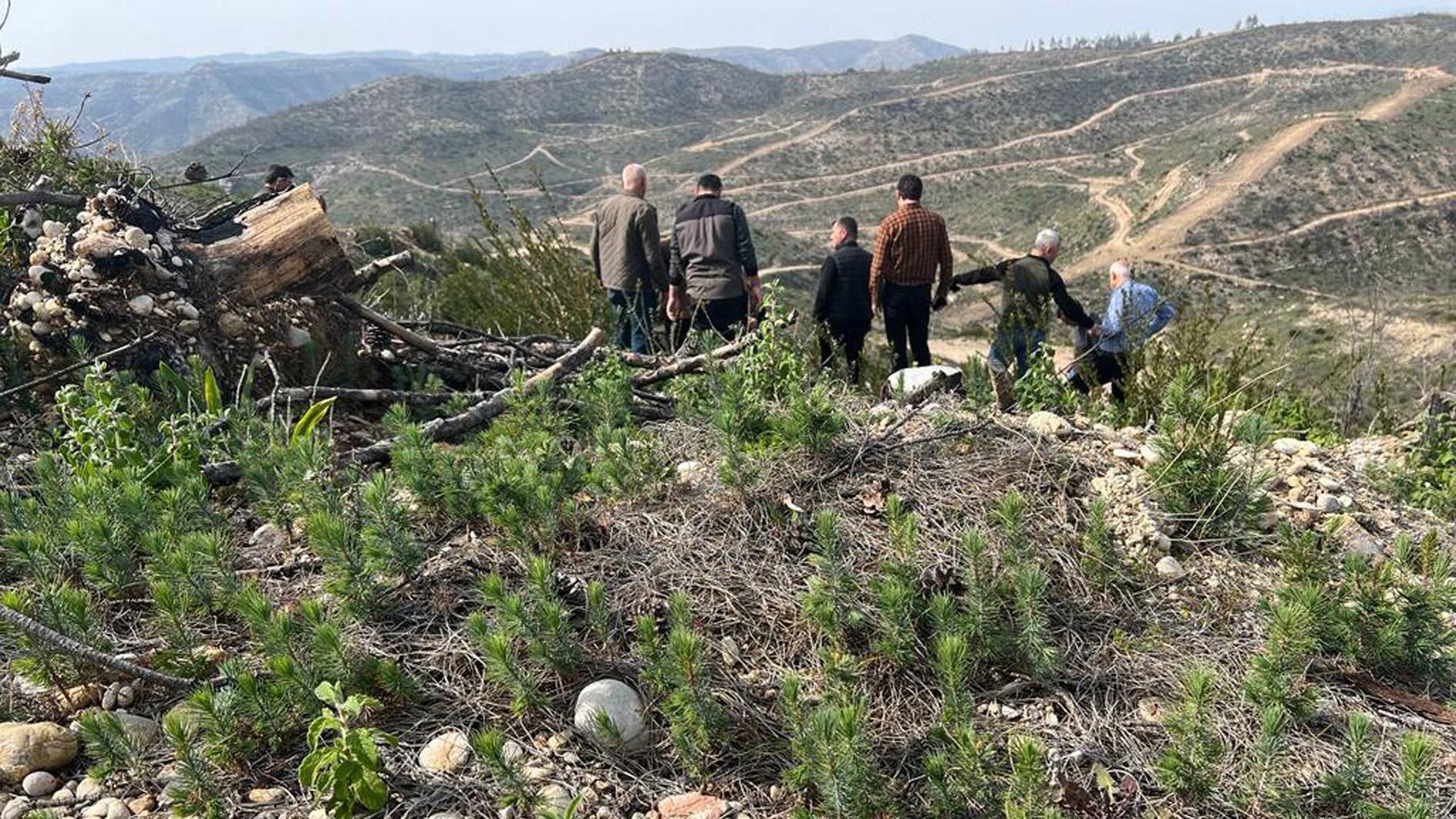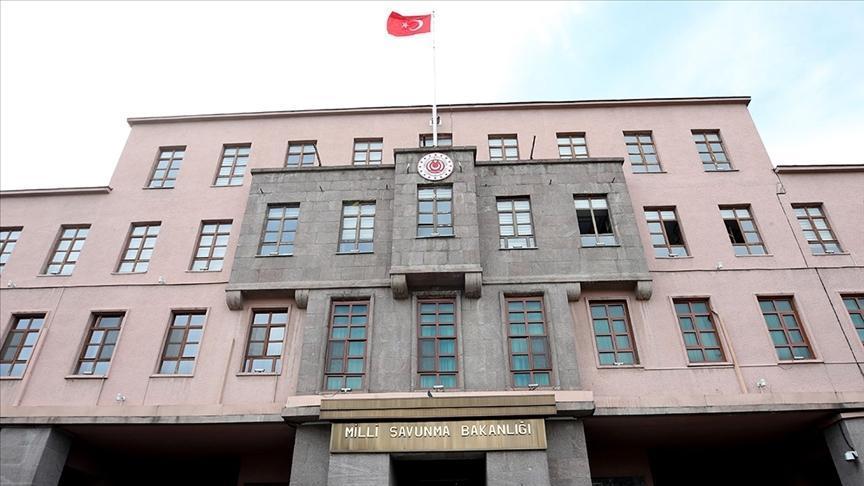Charred landscape of southern provinces coming back to life
ANKARA

The charred landscapes of the southern provinces of Antalya and Muğla marred by the devastating forest fires in 2021 are now witnessing a remarkable rebirth.
The fires that burned for two weeks started in Manavgat-Antalya on Jul. 28, 2021, and spread to Muğla's Köyceğiz district the next day. The blazes were brought under control on Aug. 12.
Professor Doğanay Tolunay, a faculty member at Istanbul University's Faculty of Forestry, examined the forest area in Muğla Köyceğiz in December last year and shared his observations.
"Approximately 10,000 hectares of forest was burned in Muğla Köyceğiz. Some of the area was reforested by hand. However, in such cases, when the seeds do not germinate spontaneously, we typically consider afforestation as plan B. For this reason, the afforested section was small. I saw that my colleagues, rather than planting saplings in the burned areas, scattered the cones that were not damaged after the fire. I saw some greening in the area from the spilled seeds, which is pleasing. There are about 10 saplings per square meter," Tolunay said.
In Muğla's Marmaris district, soon after the fire, "maquis" genus plants sprouted on their own in the burnt areas. In areas that could not be rejuvenated naturally and where no tillage could be done, germination has started in the works carried out by using 15,780 kilograms of seeds in the form of line-hearth sowing.
Commenting on the Antalya Manavgat area, Tolunay said, "There are a little more saplings planted there and the area is slowly greening. You could not tell that there was a fire. The ashy image that is engraved in our memories after the fire has been replaced by an area where maquis vegetation has emerged and saplings can be seen. After about five years, we will start to see 1.5-meter tall saplings in the area."
Stating that disasters such as floods, droughts, storms and high temperatures are expected to increase with climate change, Tolunay said, "The Turkish State Meteorological Service has been keeping data on extreme weather events for many years. In the 1990s, there were records of 100-150 extreme weather events per year. However, when we look at the last 10 years, especially after 2018, we see that there have always been extreme weather events above the previous year."
"In 2022, there were over 1,000 extreme weather events, and in 2023, this figure exceeded 1,400. On the other hand, a temperature record was broken in Türkiye in 2023. It was measured at 49.5 degrees in Eskişehir. For this reason, perhaps we will exceed 50 degrees in 2025," he added.
















